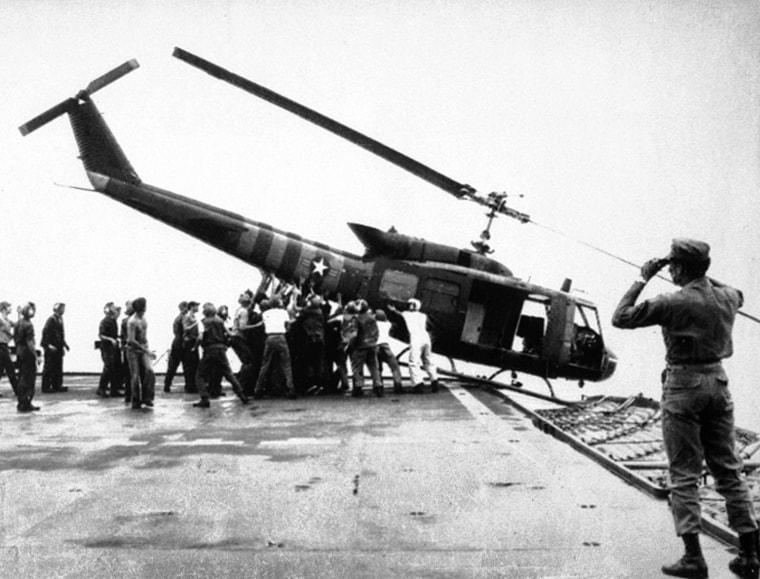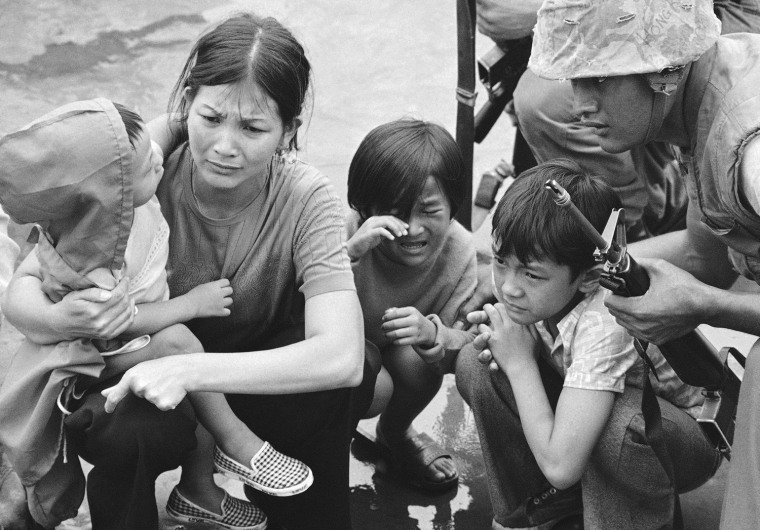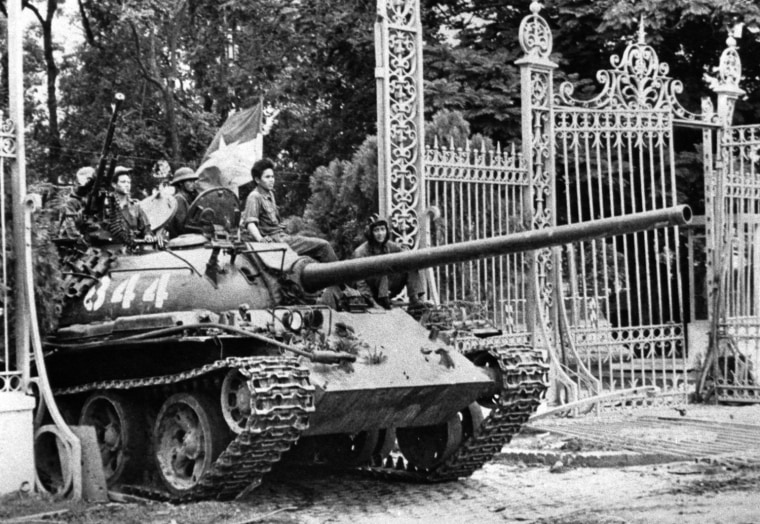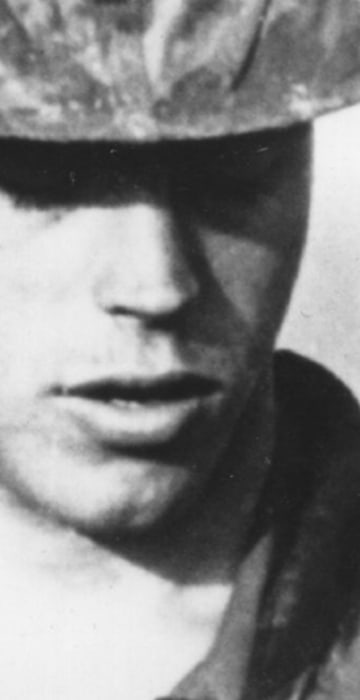
World
35 years after the fall: The Vietnam War in pictures
Communist troops captured Saigon on April 30, 1975, ending one of the most bitter conflicts ever to involve the United States.
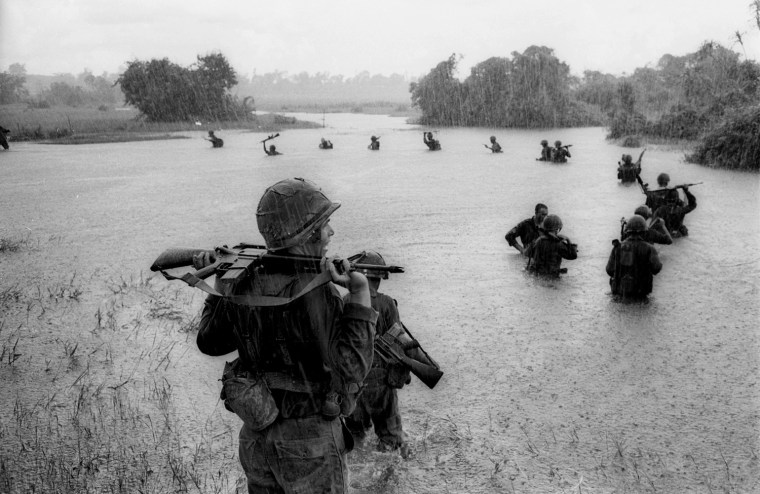
U.S. military action in Vietnam was a piece in the global Cold War struggle. After Vietnamese nationalists overthrew French colonialists in the 1950s, the country was divided between the Communist north and the anti-Communist south. In the ensuing conflict, Washington backed the south, fearing that a Communist takeover could cascade through Southeast Asia. The first U.S. forces engaged in the conflict in secret, by way of Cambodia. As the civil war intensified in the 1960s, the United States expanded its operations in the region, deploying some 3 million American troops over time, but U.S. forces struggled to gain ground as they fought in difficult and unfamiliar terrain against extremely capable in guerrilla fighters. As the war dragged on and casualties mounted, opposition to the war exploded. By the time American forces withdrew in 1975 and Saigon fell to Ho Chi Minh's Communists, 58,000 Americans and between 1 million and 2 million Vietnamese had died. It was the longest war in U.S. history and the most unpopular American war of the 20th century. In this 1965 photo, paratroopers cross a river in the rain near Ben Cat, in the south.
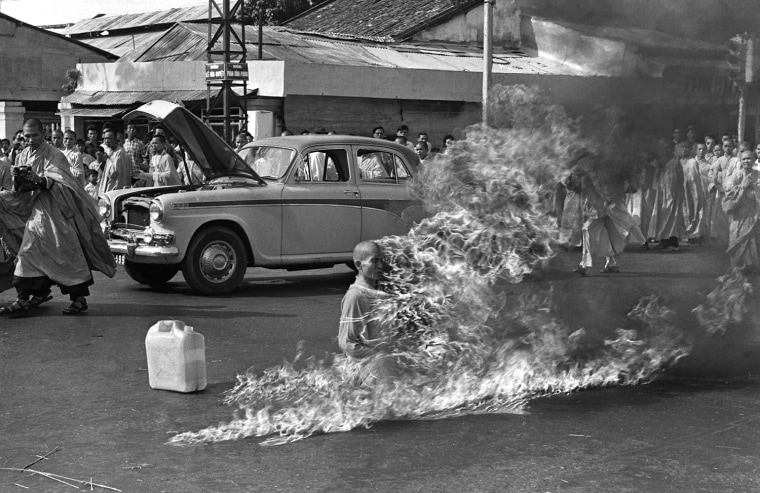
The South Vietnamese regime backed by the United States in the early days of the conflict was notoriously corrupt and authoritarian. President Ngo Dinh Diem, who was part of the Catholic minority, populated his government and military with Catholics, fomenting widespread unrest among the country's Buddhist majority. In this image taken June 11, 1963, Buddhist monk Quang Duc burns himself to death at a busy Saigon intersection to protest persecution of Buddhists. The picture came to represent the failure of the Diem regime and a growing public relations problem for the U.S. Several months later, Diem was overthrown, executed and buried in an unmarked grave.
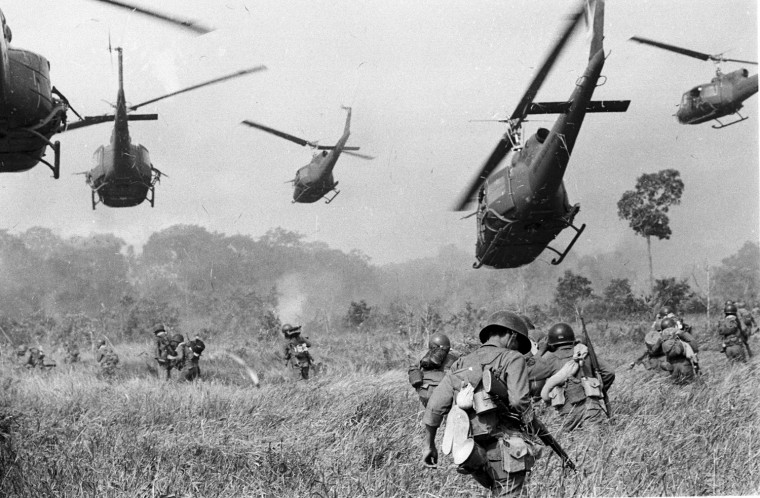
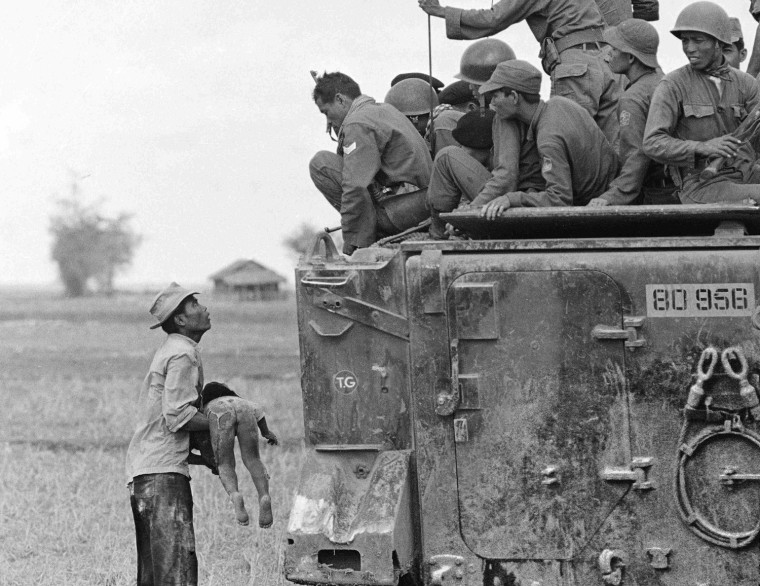
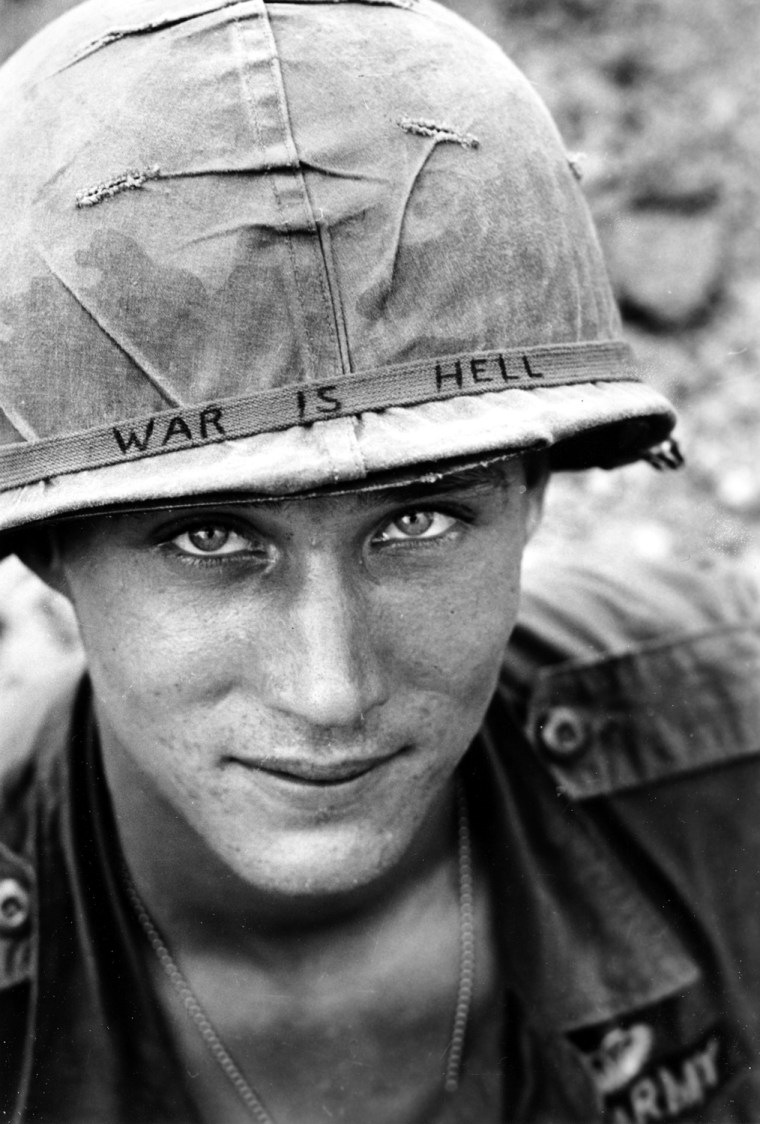
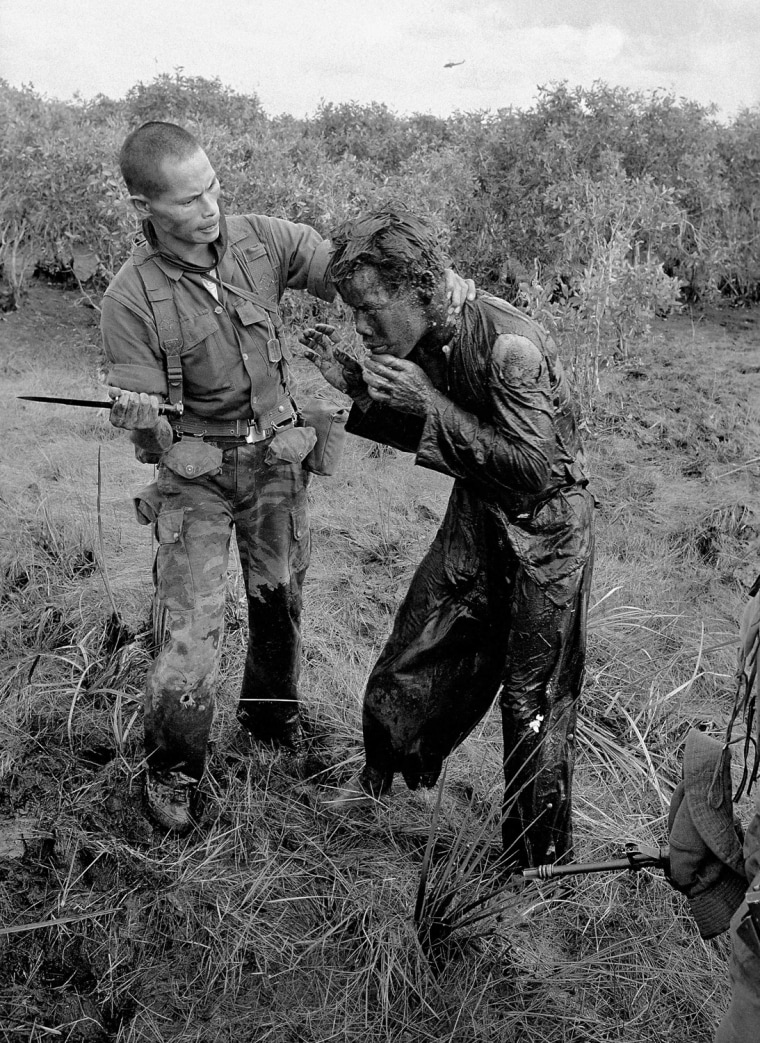
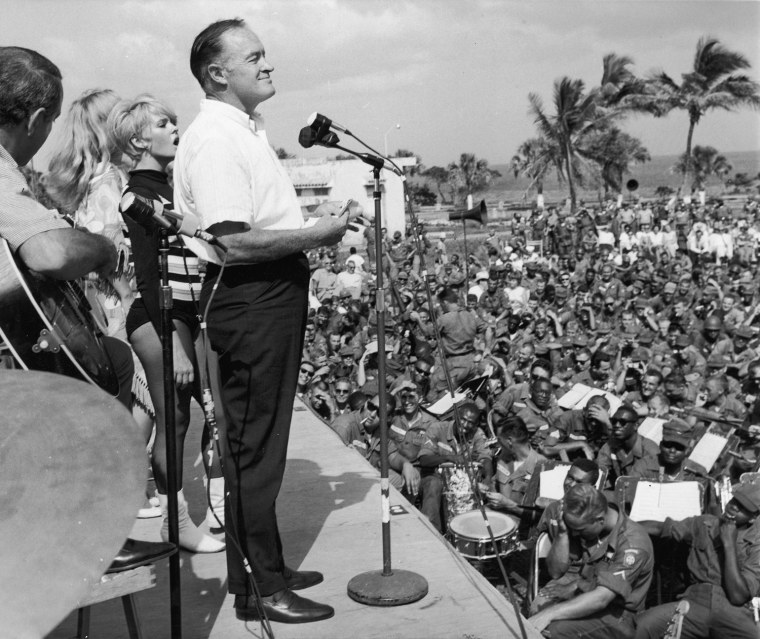
Comedian and actor Bob Hope entertains U.S. troops in front of the Hotel Hispanola, which was used as officers' quarters in Santo Domingo, Dominican Republic, during the Vietnam War in 1965. Hope did regular tours abroad as a salute to American troops from 1964 through 1972, a tradition he had established during World War II.
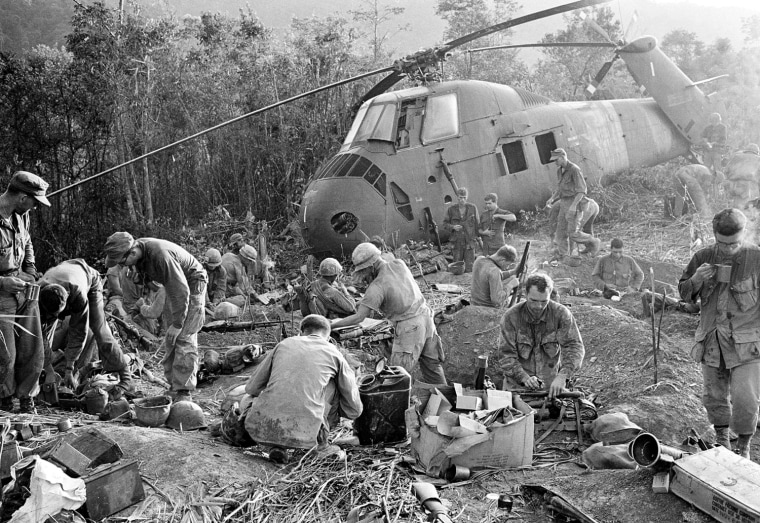
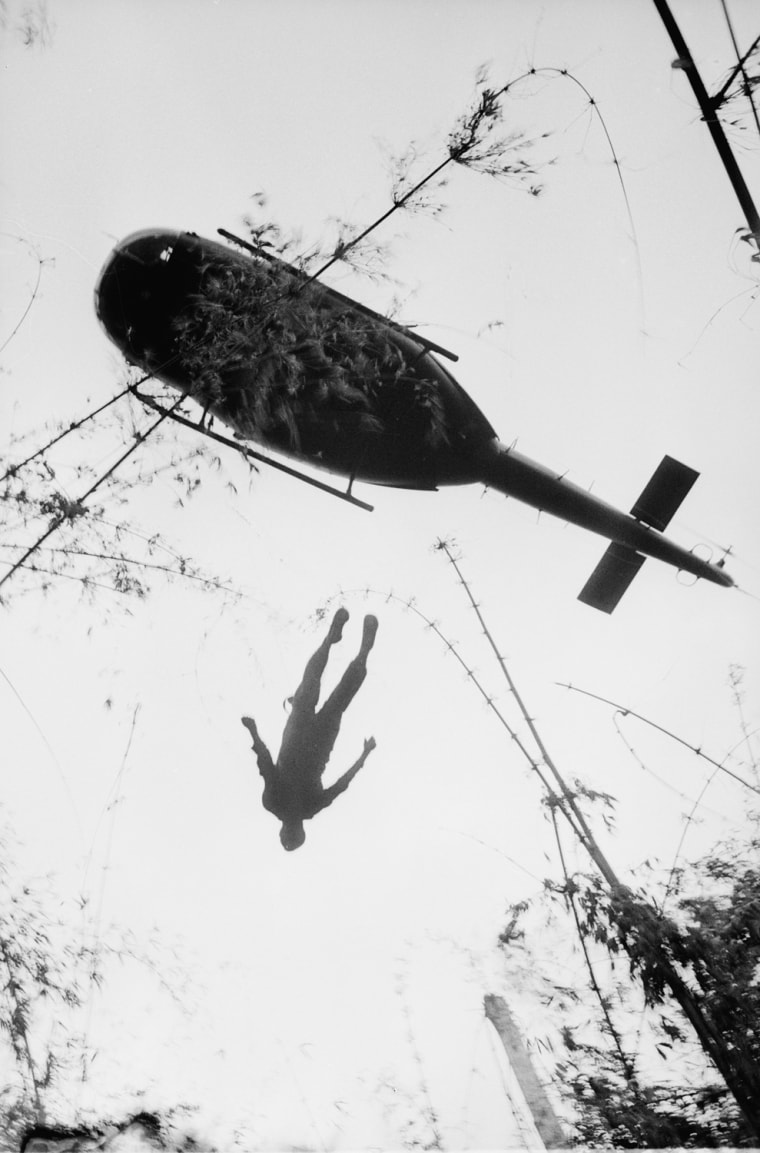
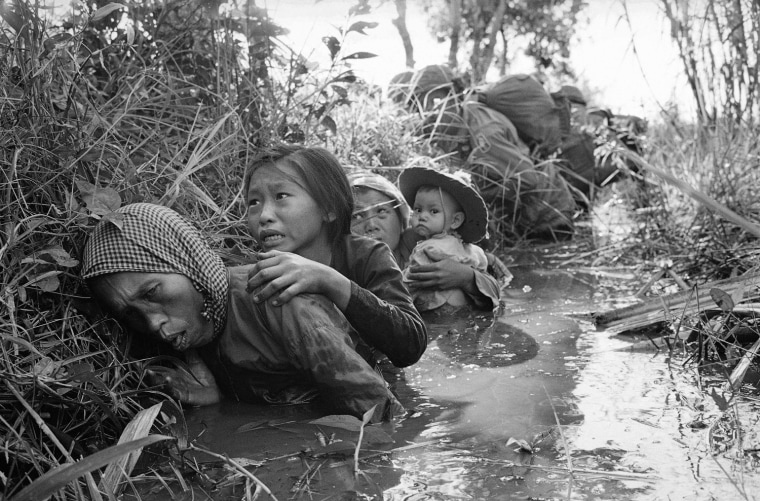
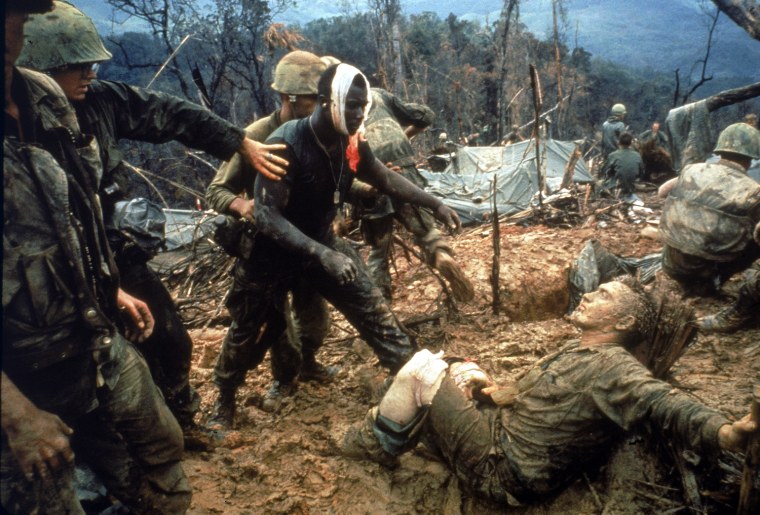
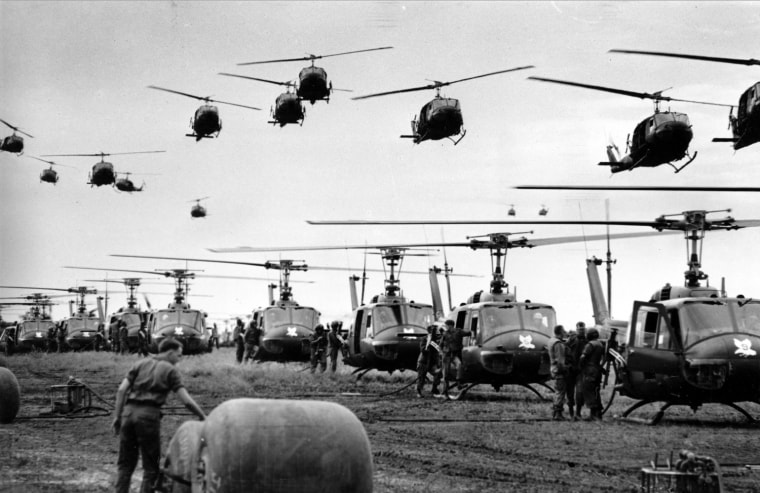
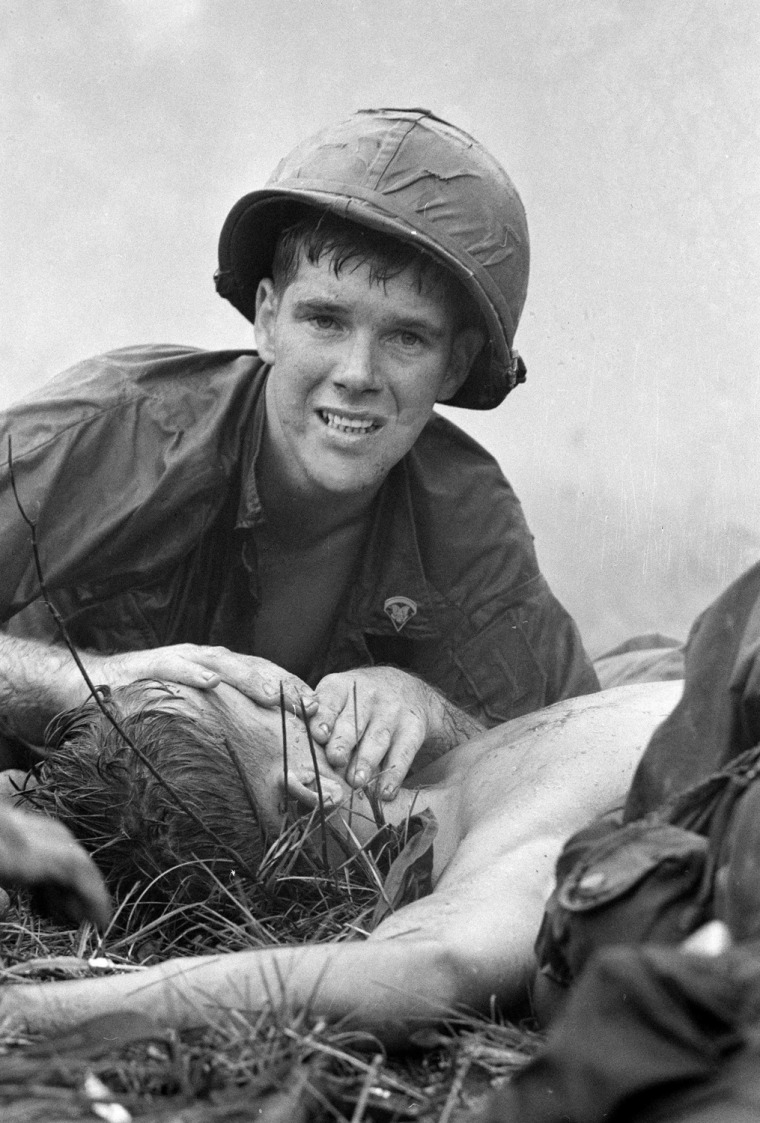
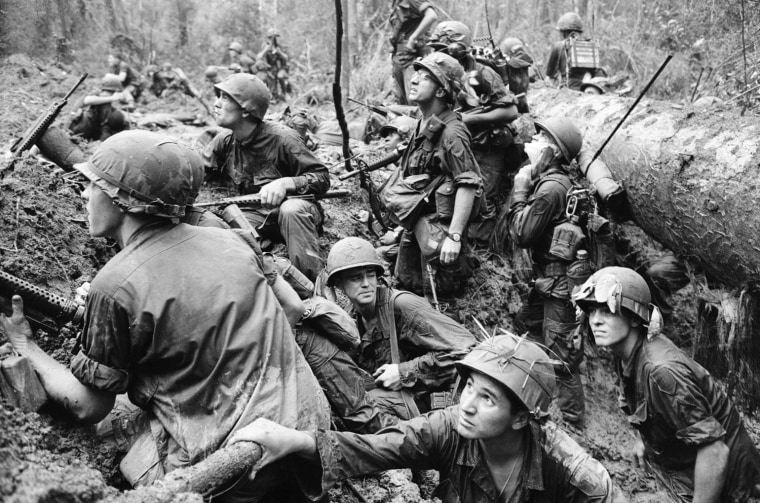
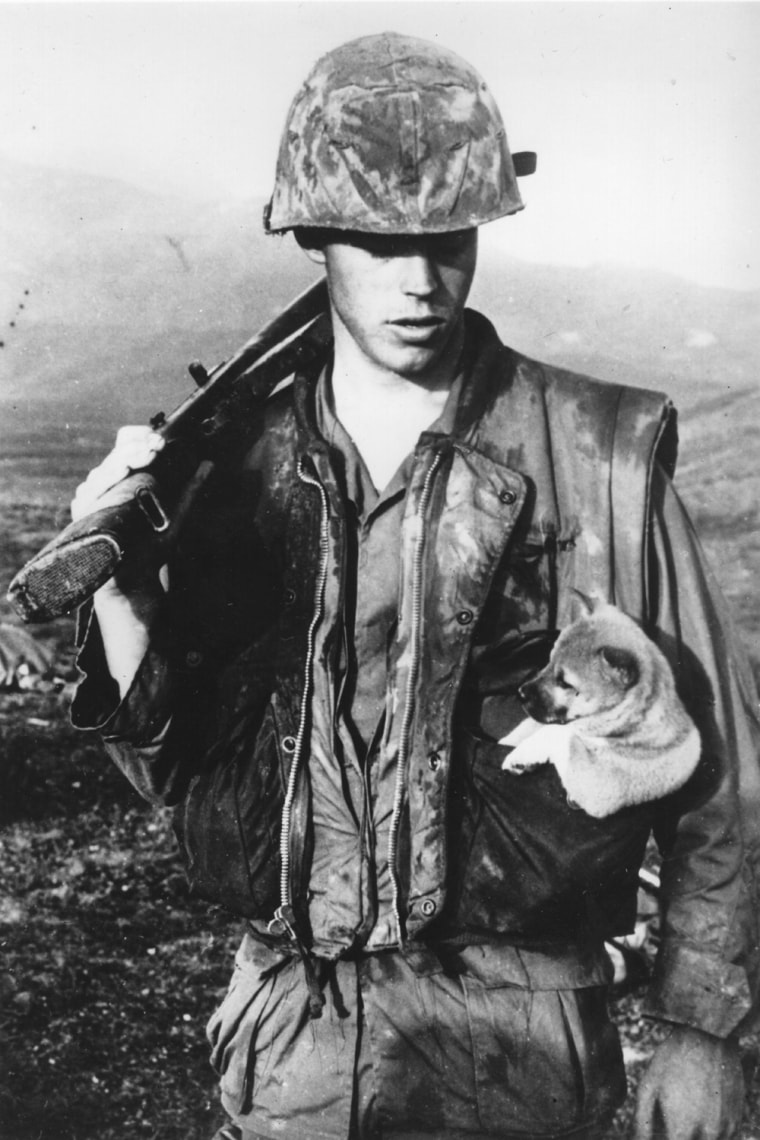
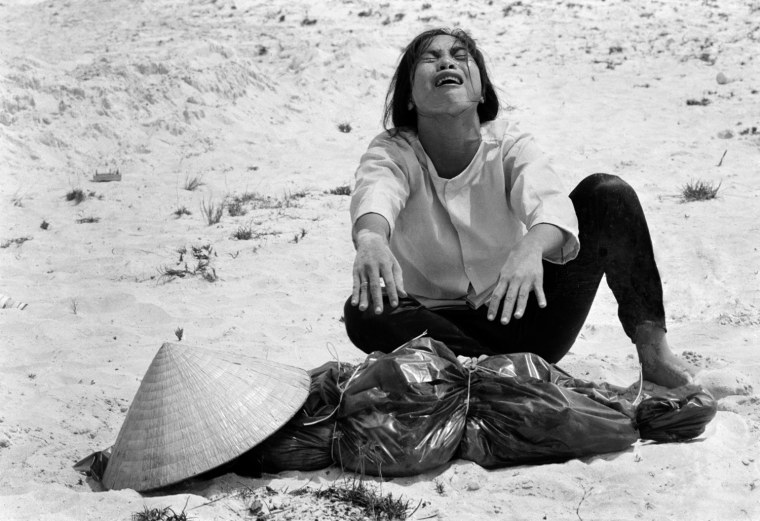
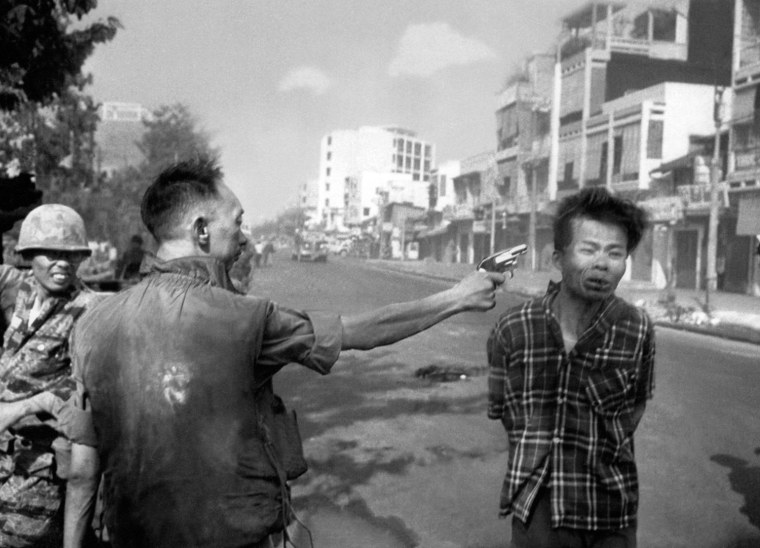
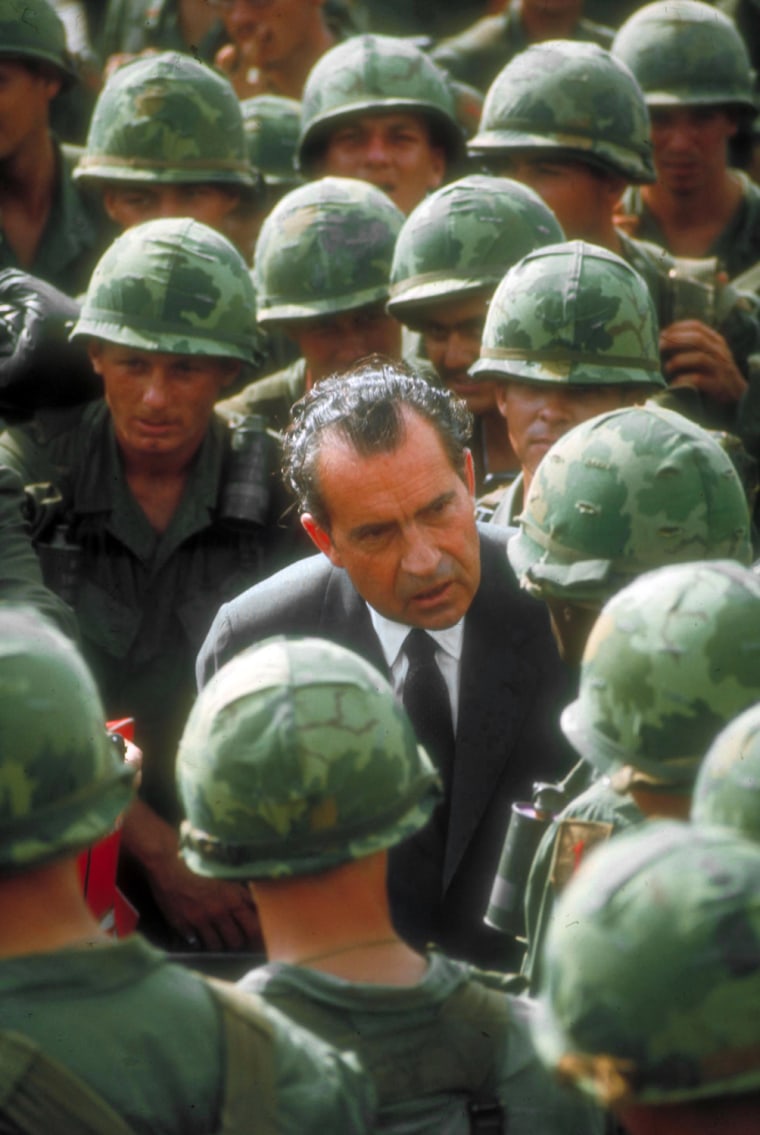
In his first year in office, President Richard Nixon speaks with U.S. soldiers during a surprise visit to South Vietnam on July 30, 1969. After coming to office that January, Nixon escalated the war. But he later negotiated a ceasefire with North Vietnam that led to the American withdrawal.
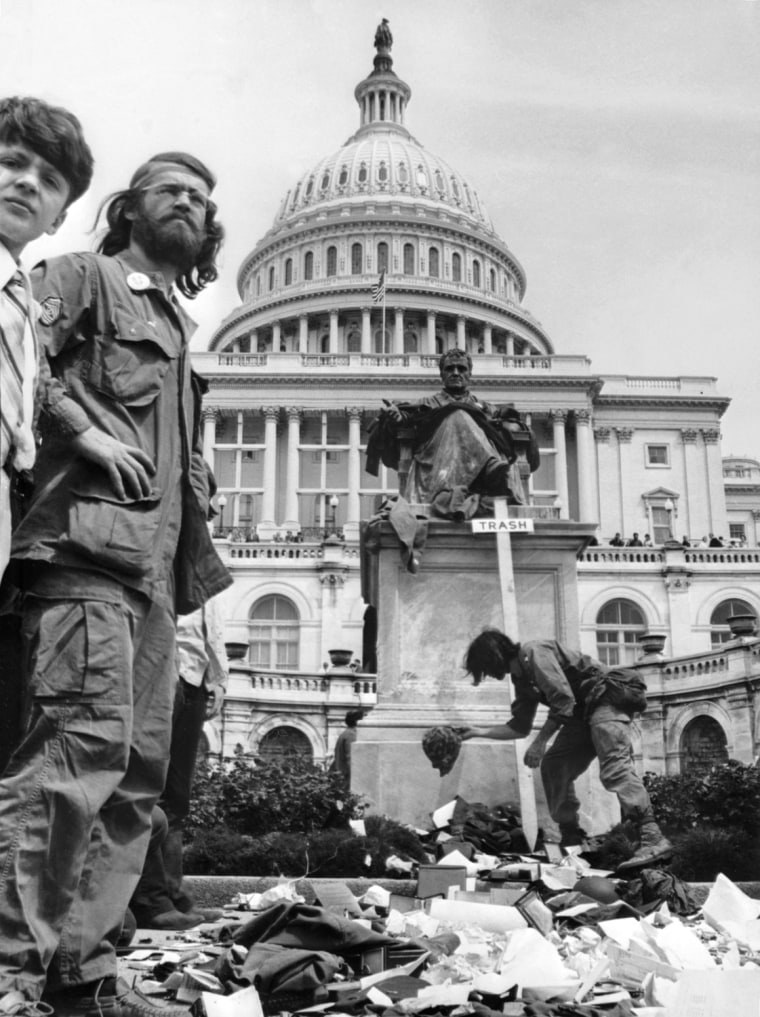
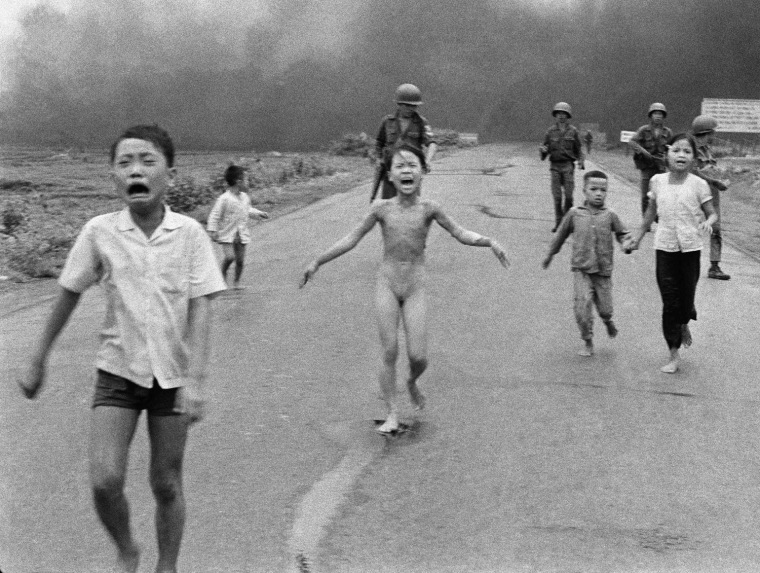

Lt. Col. Robert L. Stirm is greeted by his family at Travis Air Force Base in Fairfield, Calif., on March 17, 1973, after returning home from Vietnam, where he had spent five years as a prisoner of war. The image came to symbolize the end of U.S. involvement in the war. The family from Stirm's right, are Lorrie Stirm, Bo Stirm, Cindy Stirm, Loretta Stirm and Roger Stirm.
